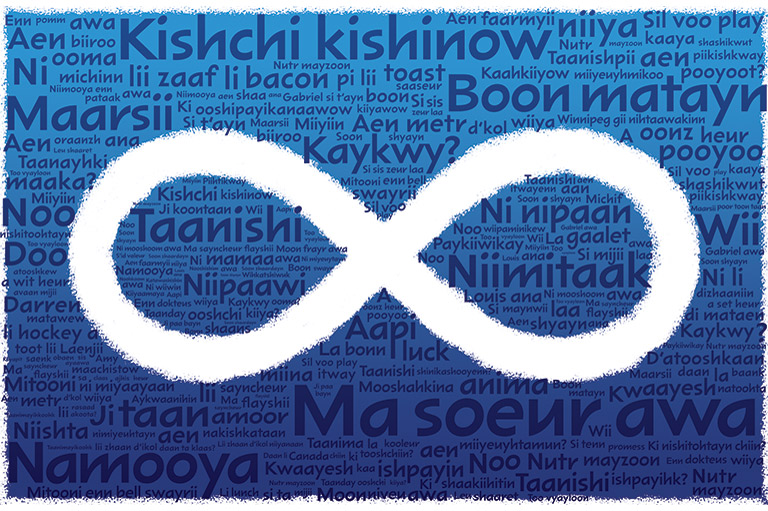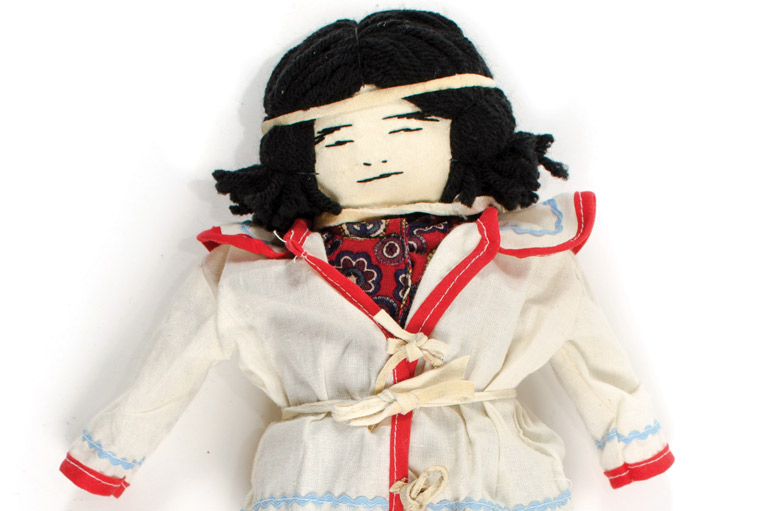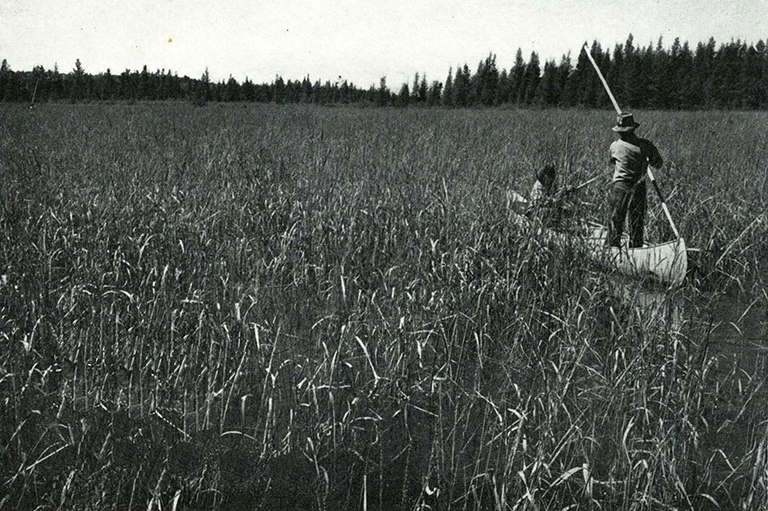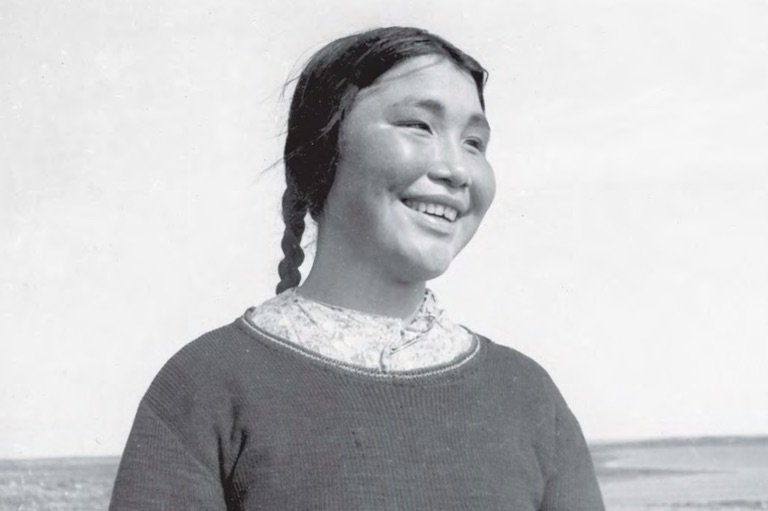Mohawk Language Dictionary
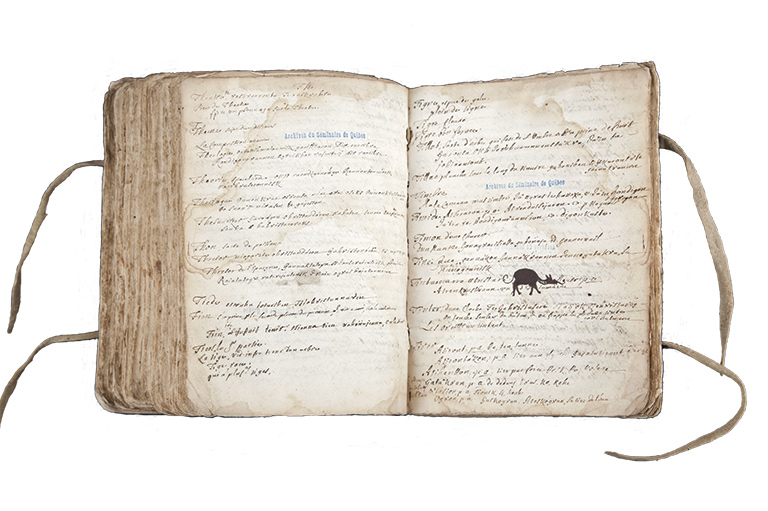
This dictionary in the Mohawk language was compiled by Jesuit fathers around 1660. Ordered alphabetically, it lists everyday words in French and their Mohawk translation. This dictionary testifies to the efforts at evangelization deployed by priests such as Father Pierre-Joseph-Marie Chaumonot, who in 1673 founded the mission of Notre-Dame-de-Lorette near Quebec City. An expert in the Huron-Wendat language, Chaumonot lived for more than fifty years with Indigenous people with the aim of converting them to Christianity.
This object demonstrates the Jesuits’ determination to carry out an in-depth conversion of the Indigenous peoples. Baptism alone was not enough; the missionaries sought a transformation of Indigenous peoples’ daily behavior — the only means, they believed, of assuring the salvation of the soul. This transformation would require mutual linguistic understanding between French and Indigenous peoples, a need that this dictionary was intended to meet. Today, it contributes to the preservation of the Mohawk language of the time.
With 7 uniquely curated newsletters to choose from, we have something for everyone.
Themes associated with this article
Advertisement

